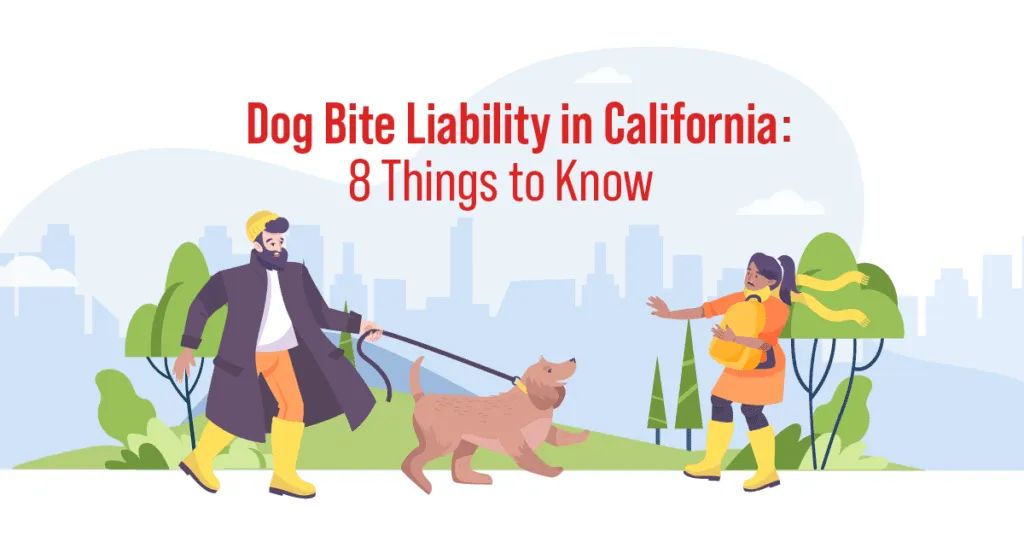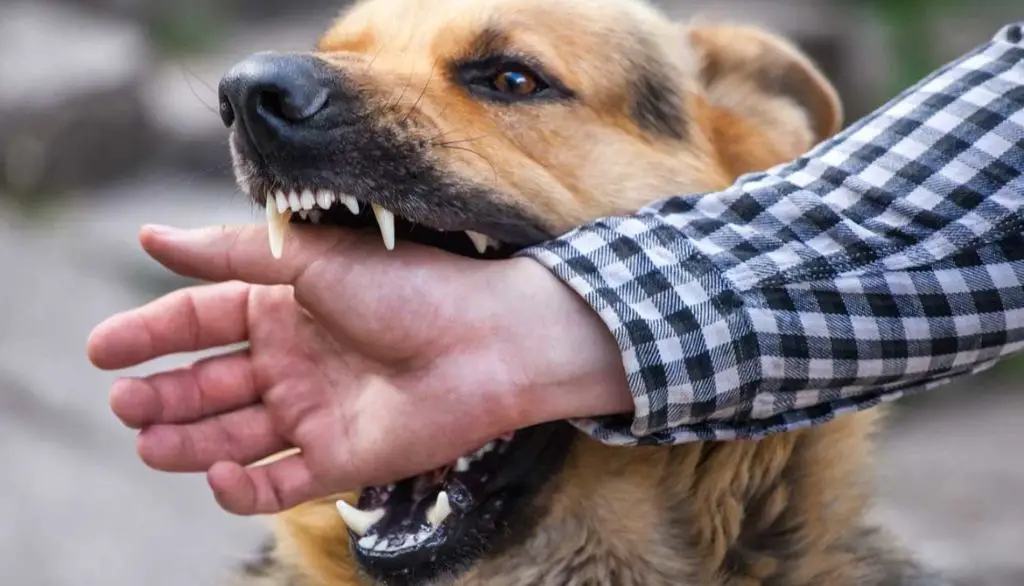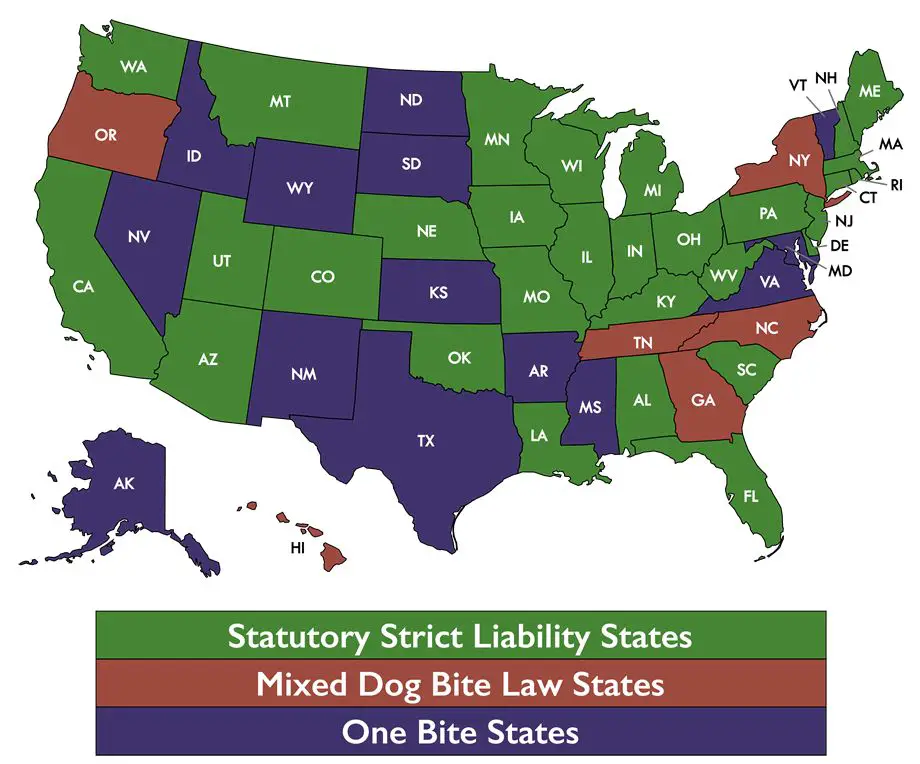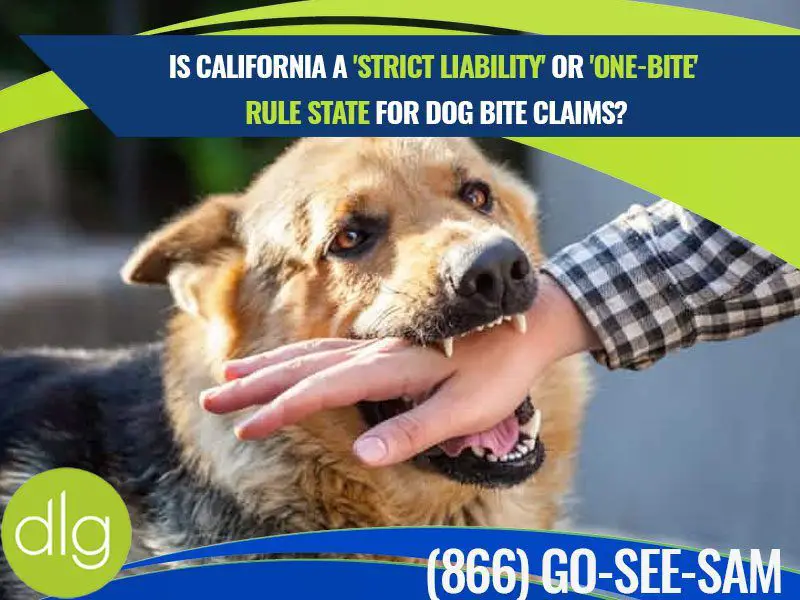Introduction
Absolute liability is a legal concept that holds a person responsible for damages or injuries caused by their actions or property, regardless of fault or intent. This strict liability standard means that the injured person does not need to prove the owner was negligent or intended harm in order to recover compensation.
When it comes to dog bites and attacks, many states have enacted laws imposing absolute liability on dog owners. These statutes make the owner legally responsible for any injuries or damages caused by their dog, even if the owner took reasonable precautions and did nothing wrong. The rationale behind these laws is that owners should bear responsibility for choosing to own a dog, since dogs can be unpredictable and dangerous in certain situations despite an owner’s best efforts.
In states with absolute liability dog bite laws, the injured person only needs to establish that they were bitten or attacked by the defendant’s dog. The owner’s knowledge, intent, or negligence is irrelevant. This differs from regular negligence laws, where the victim must prove the owner failed to act with reasonable care. Absolute liability simply examines whether the defendant’s dog caused the plaintiff’s damages, without considering blameworthiness.
What is Absolute Liability?

Absolute liability, also known as strict liability, is a legal doctrine that makes a person responsible for damages and injuries caused by their actions, regardless of culpability or intent. Under absolute liability, a plaintiff does not need to prove that the defendant was negligent or intended to cause the harm. The mere fact that the defendant’s actions resulted in harm or injury is sufficient to establish liability.
This differs from negligence laws, where the plaintiff must show that the defendant owed them a duty of care, breached that duty, and directly caused their injury. With absolute liability, none of these elements need to be proven. The plaintiff only needs to show that they were injured and the defendant’s actions caused the injury.
Absolute liability is commonly applied in certain activities that are considered abnormally dangerous or ultrahazardous, such as using explosives. It is also applied in product liability cases where a defective product injures the consumer. The rationale is that the defendants who engage in very risky activities should bear the cost when harm occurs, even if they were not negligent.
Dog bite statutes imposing absolute liability follow similar reasoning. Owning a dog carries inherent risks, especially of biting. So if a dog does bite someone, the owner is automatically responsible for the injuries under absolute liability, whether or not the owner did anything wrong or could have prevented the bite.
History of Dog Bite Laws
For most of early legal history, dog bite victims had to rely on common law negligence claims to seek compensation for their injuries. Under a negligence standard, the victim had to prove that the dog owner failed to exercise reasonable care in restraining or controlling the dog. This was often difficult for victims to prove.
As a result, in the late 20th century, states began enacting strict liability statutes for dog bites. These laws made dog owners automatically liable for bites, removing the need to prove negligence. One of the first strict liability statutes was enacted in California in 1931. Over the next few decades, many other states followed California’s lead and passed their own strict liability dog bite statutes.
The trend towards strict liability accelerated in the 1980s and 90s. High-profile severe dog attacks led many states to adopt strict liability, seeing it as the best way to compensate victims. By the 2000s, the majority of states had enacted dog bite statutes imposing strict liability on owners in at least some situations, like when the victim is lawfully on public or private property.
Overall, the history of dog bite laws shows an evolution away from negligence standards, which placed a heavy burden on victims, and towards strict liability based on the recognition that owners are in the best position to control their dogs and so should be responsible for bites.
Elements of an Absolute Liability Dog Bite Case

Under an absolute liability dog bite statute, the legal elements that a plaintiff must prove to win their case are more straightforward compared to a negligence standard. The plaintiff essentially only needs to prove two things:
- That the defendant’s dog bit them. The plaintiff must show that they suffered a dog bite from a dog owned by or under the control of the defendant. This is usually proven through medical records and testimony.
- That the dog bite caused injuries and damages. The plaintiff must present evidence documenting any injuries, expenses, lost wages, pain and suffering, permanent scarring or disabilities that resulted directly from the dog attack. These damages may include current and future medical bills, property damage, and emotional distress.
Notably, the plaintiff does not need to prove that the dog owner was irresponsible or negligent in any way under absolute liability. The owner’s knowledge of the dog’s dangerous propensities and efforts to restrain the dog are also irrelevant. The mere fact that the defendant’s dog bit and injured the plaintiff is sufficient for liability regardless of any mitigating circumstances.
Defenses to Absolute Liability
Even though absolute liability laws impose strict accountability on dog owners, there are some limited defenses available in dog bite cases:
Provocation – If the injured person provoked or teased the dog prior to being bitten, the owner may argue the victim was partially at fault. However, the provocation must be intentional and significant, such as hitting or kicking the dog repeatedly.
Assumption of Risk – If the injured person voluntarily interacted with the dog, knowing the potential danger, the owner may claim they assumed the risk. For example, a dog trainer or veterinarian likely understands the risks of working with dogs. However, assumption of risk is challenging to prove and may only reduce damages rather than eliminate liability.
Trespasser – Property owners owe a lower duty of care to trespassers. So if the victim was trespassing when bitten, the owner may avoid absolute liability. However, courts still expect owners to restrain dogs likely to bite intruders.
Overall, defenses are limited in dog bite cases involving absolute liability laws. The focus remains on protecting public safety rather than determining fault. But provocation, assumption of risk, or trespassing may allow an owner to share liability with the victim.
Damages in Dog Bite Cases
Dog bite victims can seek compensation for a variety of damages, including:
Medical expenses – This includes immediate medical treatment for the bite as well as any follow-up care such as reconstructive surgery, physical therapy, etc. Records and receipts should be kept of all medical expenses.
Lost wages – If the bite victim missed time from work while recovering, they can claim lost income. Supporting documentation from an employer is helpful.
Pain and suffering – Damages can be sought for both physical pain from the bite and attack itself as well as emotional suffering resulting from disfigurement, disability, fear of dogs, etc. The amount depends on severity.
Loss of companionship – For severe injuries, loved ones may be able to seek compensation for loss of companionship.
Punitive damages – If the owner acted recklessly or intentionally, punitive damages may be awarded to punish and deter egregious conduct.
Dog bite victims should collect evidence to support these damages. Plaintiffs should demand compensation for past expenses as well as estimated future costs.
Liability Insurance Issues
Absolute liability laws significantly impact liability insurance coverage for dog owners. Under normal negligence laws, dog owners can often avoid liability if they did not know their dog was dangerous. However, absolute liability removes that defense, making insurance claims and payouts much more likely.
As a result, homeowners and renters insurance policies in absolute liability states explicitly exclude dog bites from coverage. The increased risk means insurers either deny coverage entirely or charge prohibitively high premiums for dog owners. According to insurance industry surveys, the average cost for dog bite liability insurance in absolute liability states is $800-1,000 per year, compared to just $15-30 in non-absolute liability states.
The increased liability risk also means property owners, landlords, homeowner associations, businesses, and other entities restrict dog ownership much more in absolute liability states. Many prohibit large or high-risk dog breeds entirely and require dog owners to carry exorbitant insurance policies, often $100,000 or more in coverage.
Proponents of absolute liability argue it increases accountability for irresponsible dog owners and incentivizes them to take safety precautions. However, critics counter that it unduly punishes responsible dog owners and makes insurance cost-prohibitive for many families.
Arguments For and Against Absolute Liability for Dog Bites
There are reasonable arguments on both sides of whether states should impose absolute liability or negligence-based liability for dog bite injuries. Here are some of the key considerations in this public policy debate:

Arguments Supporting Absolute Liability
– Strict liability promotes public safety by encouraging dog owners to take precautions and be accountable for their pets’ actions, regardless of negligence or foreseeability. This helps prevent bites.
– Victims have an easier time recovering damages since they only need to prove the dog bit them. They don’t have to prove the owner was negligent.
– Owners, not innocent victims, should bear the costs of injuries caused by pets they choose to keep. This spreads out the costs among all dog owners.
Arguments Against Absolute Liability
– Negligence standards are fairer – owners should only be liable if they failed to act reasonably. With strict liability, even very responsible owners face liability.
– Absolute liability may encourage frivolous lawsuits and claims. Plaintiffs don’t need to prove negligence.
– Insurance costs increase under strict liability, especially for breeds perceived as dangerous. This burdens responsible owners.
– Some dog behaviors can’t reasonably be prevented. Owners shouldn’t face liability for unforeseeable events.
Lawmakers in each state weigh these considerations differently when shaping their dog bite statutes. There are good-faith arguments on both sides of this public policy debate over the appropriate legal standard.
Recent Cases and Trends
Many of the largest dog bite lawsuits have been decided in recent years. In 2018, a jury in Georgia awarded $1.1 million to a woman after she was attacked by a pit bull as she walked in her neighborhood. The court found the dog’s owner strictly liable for the woman’s injuries under Georgia’s strict liability dog bite statute.
Another major case was decided in California in 2019, where a jury awarded over $2 million to a male jogger who was brutally attacked by two dogs that escaped from a yard. California does not have an absolute liability dog bite law, but the jury found the owner negligent. This highlights that even without strict liability, owners can still face huge verdicts if their dog attacks someone.
Overall, the trend has been for courts to uphold absolute liability statutes and impose large damages awards against owners. However, there are some exceptions. In a 2020 Florida case, a court dismissed a case against a dog owner because the plaintiff had been trespassing on the owner’s property when she was bitten. This shows that contributory negligence can sometimes limit recovery under strict liability laws.
Going forward, we will likely see continued growth in the number and size of dog bite verdicts as courts emphasize the responsibility of owners to control their pets. Absolute liability statutes provide a powerful tool for plaintiffs to recover damages even if the owner was not negligent. However, more states may consider adopting restrictions like Florida’s trespassing exception to balance the rights of dog owners and bite victims.
Conclusion
In summary, absolute liability is a legal doctrine that holds dog owners strictly liable for any injuries caused by their dogs, regardless of the owner’s negligence or knowledge of the dog’s dangerous propensities. This differs from traditional negligence laws, where the victim must prove the dog owner was somehow at fault. Under absolute liability statutes, the victim only needs to prove they were injured by the defendant’s dog.

The policy rationale behind absolute liability is that victims deserve compensation for their injuries, and dog owners should bear the costs and responsibilities of owning a dog that could potentially harm others. Critics argue it is unfair to hold owners liable for unforeseeable events. However, most states have upheld absolute liability laws as a reasonable way to protect public safety.
When facing an absolute liability claim, dog owners have limited defenses. They cannot argue they were careful owners or had no reason to suspect their dog was dangerous. But they may still dispute the extent of damages or argue for mitigating factors like comparative negligence. Carrying adequate liability insurance is crucial.
The key themes and main takeaways are that absolute liability statutes create strict responsibility for dog owners to prevent their pets from harming others. While controversial, these laws aim to prioritize victim compensation and encourage greater caretaking by owners. By understanding the legal landscape and their duties, dog owners can better manage their risks.